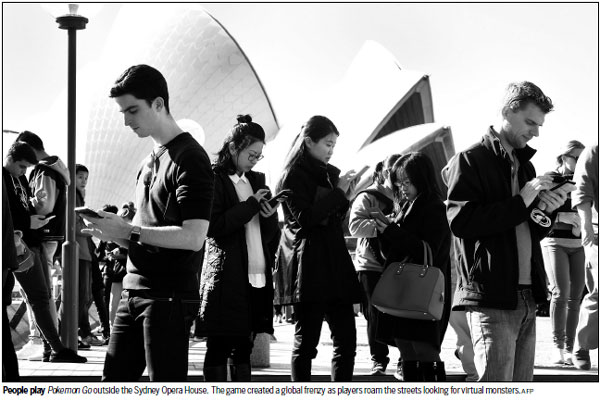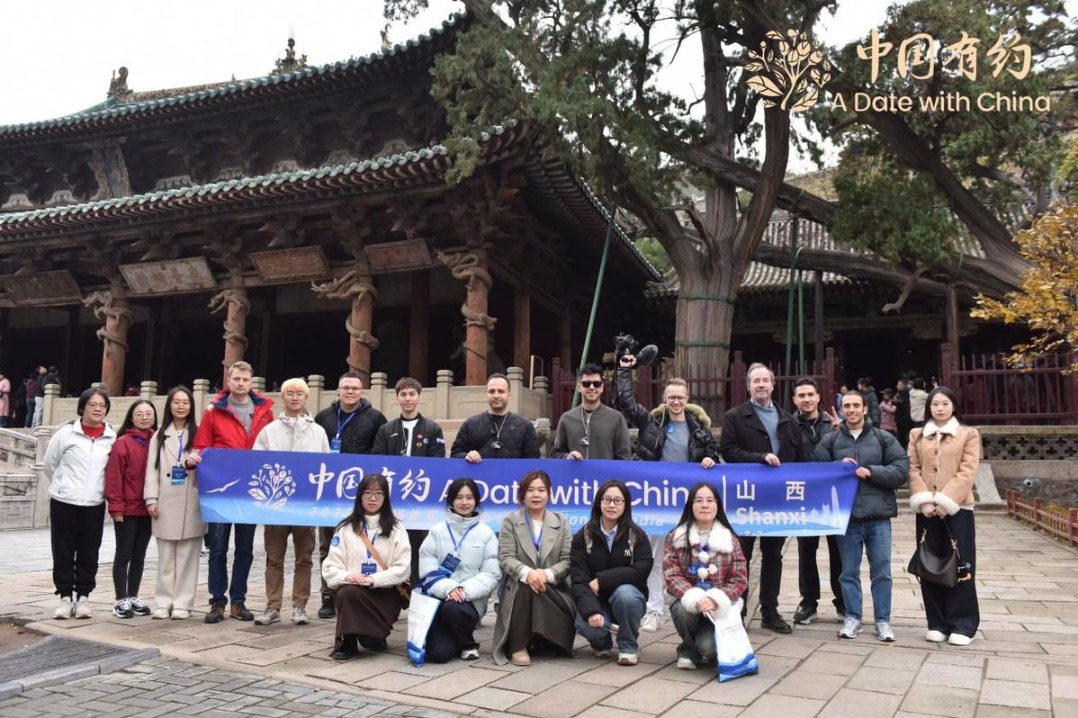Play For Keeps

Asia's mobile game industry is booming, but the business is fiercely competitive and success is unpredictable
Within a few short months of its release on July 6, Pokemon Go has become one of the biggest mobile games of all time.
The game's phenomenal success has made millions for the Japanese game pioneer Nintendo, owner of a stake in Niantic, the US-based game studio behind Pokemon Go. Nintendo first introduced Pokemon video games to the world over 20 years ago.
However, for every Pokemon Go success story, there are hundreds of mobile games that crash and burn every week in what has become one of the most competitive businesses in the world.
The global market for mobile games generates around $3 billion a month in revenue, according to William G. Daddi, president of New York-based consultancy Daddi Brand Communications.

"Asia represents roughly half of that (global market), and the Chinese mobile games market earns $700 million a month, just slightly lower than Japan," he said.
"By comparison, the mobile games market in the United States is worth around $400 million a month."
Daddi said players have become more sophisticated in their expectations of both game mechanics and production values.
"In the early days of mobile gaming, audiences were happy to play relatively simple games without a lot of abstract thinking or character building," he said.
"If you compare games from then to the ones we see now, there's a noticeable increase in what is expected from the player."
Similarly, production values have increased amid the "pursuit of a greater perceived value of games, particularly in segments where there are many copycats and clones".
The combination of these market forces has increased the cost of development and marketing for mobile game developers, he added.
The mobile games market has become one of the most competitive businesses in the world, said Jelle Kooistra, head of product development at Newzoo Mobile, a division of research firm Newzoo.
The mobile games market is booming and Asia-Pacific has become the world's most competitive market, Kooistra said.
The projected revenue for the region this year will account for 58 percent of the global total, with China alone expected to generate $10 billion in mobile gaming revenue.
While there is strong growth in the market, success is unpredictable.
New titles can come from any location to dominate the download charts, while successful titles can also fall from grace without explanation, according to Nielsen.
In a paper this year, the consumer analysis firm said publishers of mobile games flood the market with several titles and then "retroactively review their download rates and usage to determine which titles to support going forward".
At the same time, knowing why mobile gamers change their behavior often remains unclear. The dynamics also make "gamers' future preferences unpredictable", it noted.
"The nature by which titles in the mobile market grow their owner base and usage is part of what makes predicting success so challenging.
"Some titles achieve this by increasing visibility through promotions, by generating social buzz through word-of-mouth recommendations, by retaining owners through higher levels of engagement, to name only a few strategies."
Nielsen examined 180 games over a one-year period and found that the success of a title is not necessarily driven by "one specific prelaunch strategy".
"Looking to the future is never more important than before a publisher launches a new mobile game," Nielsen said.
While analyzing how mobile gamers responded to the pre-market strategy for Clash Royale, a spinoff of the hit mobile game, Clash of Clans, Nielsen noted exceptional levels of awareness and a strong download interest.
As a result of the pre-market strategy by the Finland-based developer Supercell, the game "showed enormous potential one month before launch", the analysis firm said.
"In-market data eventually reflected the pre-market hype, and Clash Royale ranked among the top downloads for both iOS and Android (platforms) immediately upon release."
Clash Royale was released globally in March and combines elements from collectible card games, tower defense and multiplayer online battle arena games. Although the game is free, the player is given the option to purchase in-game currency (gems) for real money.
In June, a Tencent-led consortium acquired a majority stake in Supercell for $8.6 billion, in a move which gives the Chinese internet giant a strong foothold in the global mobile game market.
Nielsen said pre-market analysis for another mobile game, Blossom Blast Saga, showed how awareness, interest and urgency of download factored into the title's potential and ultimate success upon release.
"In the month before Blossom Blast Saga launched, only a relatively small group of mobile gamers were aware of it," the Nielsen report said.
"While this would certainly delay adoption, the game's strong appeal and urgency of download positioned it well for success."
Looking back at the in-market data, Nielsen noted that while it took Blossom Blast Saga almost a full week to top the charts, it eventually became one of the top-five most downloaded mobile games on both iOS and Android platforms.
Marc Einstein, research director with global research and consulting firm Frost & Sullivan in Japan, said it is hard to quantify exactly how many games are being produced.
"At one end you have individual game developers through to the major global companies that spend lots of money developing games," he said.
There are an estimated 1.2 billion mobile gamers in Asia, according to SuperData, one of the world's biggest providers of market intelligence on the games market.
China, Japan and South Korea are by far the biggest mobile gaming markets in the region, accounting for 90 percent of regional revenues.
According to SuperData's Asia Mobile Games Report 2016, China has 785 million mobile gamers, around 62 percent of all these in Asia.
To get some idea about just how fast this sector has taken off in China, a recent report by Forbes said in 2012 the mobile sector accounted for just 5.4 percent of all gaming in China. In 2015, it accounted for 36.6 percent.
"The mobile games market has been growing rapidly over the last two decades, in line with the mobile phone," Einstein at Frost & Sullivan said.
"If you go back 10 to 15 years, you could buy a mobile phone with preinstalled games like Snake," he said, referring to Nokia handsets.
A few years after that, users could download games. That was followed by the app stores on smartphones where "you got something for free or paid a few dollars for a game".
"Now we have the premium model. You get the game for free but the big boost to revenues is the app purchasing when you want to move to the next level of the game," Einstein said.
The industry has increased enormously with this model. "This (model) is where you get the real revenues from." Millions of people around the world are active gamers and are prepared to pay for their games.
"This has become a profitable model," Einstein said. "You get people hooked and once they reach a certain level and want to go further, they pay for it."
Einstein, who used to work for a mobile gaming company, said 80 percent of revenues come from just the top 20 percent of users.
In this scenario, game developers or companies make their money through in-app purchases.
"Once considered an unrefined nag, the in-app pitch has been honed so well it coaxes tens of billions of dollars a year from people who have gravitated to free mobile games," The Wall Street Journal reported recently.
In-app purchases are changing the mobile entertainment landscape as these actions hold people for a much longer period of time rather than simply buying a game.
"A handful of developers have mastered this, including Finland's Supercell, which last year pulled in revenue of $2 billion from its warstrategy game Clash of Clans, and two other mobile games," the paper said.
In Pokemon Go, users can play for weeks capturing dozens of "pocket monsters" without the need to spend money. After investing so much time, players might then be more inclined to dole out cash to upgrade their gear so that they can carry more items and creatures.
karlwilson@chinadailyapac.com

(China Daily USA 10/07/2016 page4)
Today's Top News
- Japan's tourism battered as Chinese travelers cancel trips
- Japan blasted for troublemaking, military buildup
- China, Germany hold 4th high-level financial dialogue
- Carrier exercises bolster fleet response capabilities
- Fairness and justice in rule of law stressed
- Exchanges with Russia to expand






























